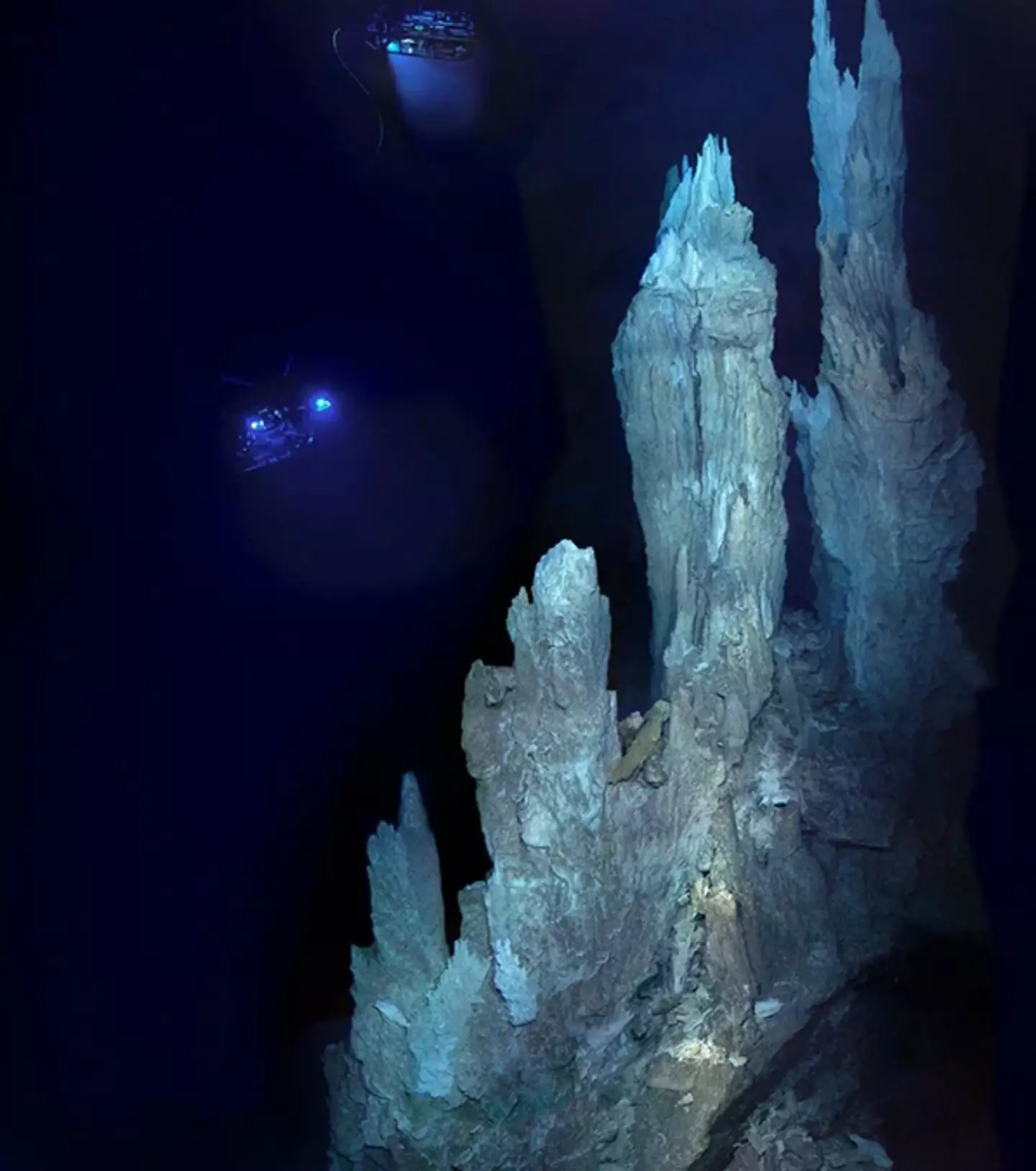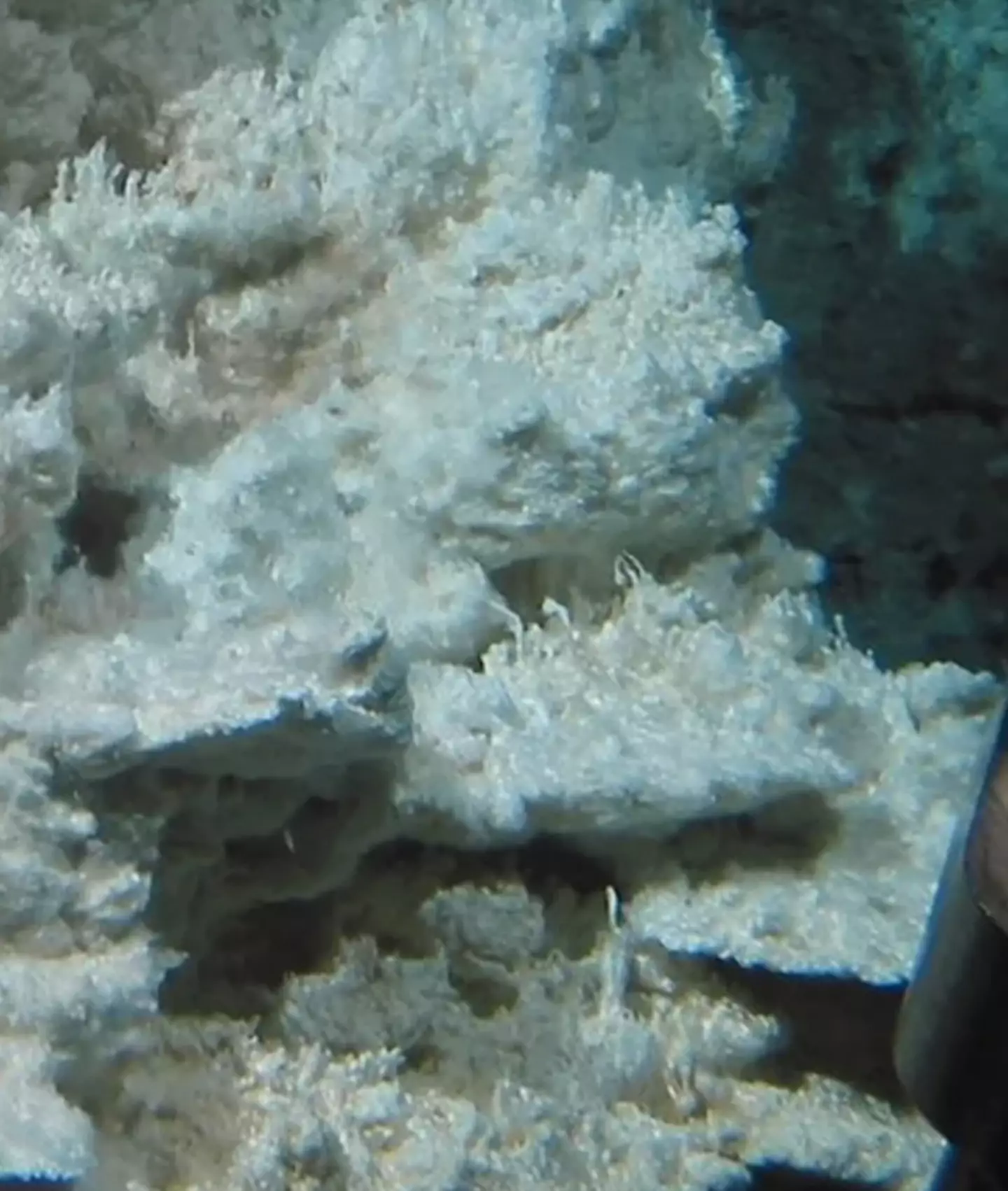
It's like something out of a Ridley Scott movie.
The deepest depths of the ocean are as mysterious to us as the outer reaches of space, leaving us in the dark about whether any other life forms could exist.
However, scientists may have answered one of life's questions by heading down the deepest end of the Atlantic Ocean - a place called the 'Lost City'. And remarkably, life is thriving down there.
This discovery has sparked curiosity and speculation amongst experts about the existence of other unique life forms on our planet, unbeknownst to us.
Advert

The 'City' sits at the intersection of the Mid-Atlantic Ridge and the Atlantis Transform Fault. Now when saying the word deep, we're talking hundreds of metres below the Atlantic Ocean's surface.
Descending into this abyss, the scientists were met with walls, columns and monoliths, reaching heights of 60 metres (200 ft). The tallest of which has been suitably named Poseidon - you guessed it - the Greek God of the sea.
Just northeast of Poseidon is a cliffside where hydrothermal vents discharge fluid. According to researchers at the University of Washington, this fluid produces clusters of 'delicate, multi-pronged carbonate growths' extending like fingers.
Advert
Scientists explained that these hydrocarbons were created by chemical reactions on the sea floor, rather than as a result of sunlight or carbon dioxide. Additionally, they believe that a similar process may have created life 3.7 billion years ago.

Despite the absence of oxygen at such depths, some life forms like crabs and shrimp manage to exist - albeit in extremely limited numbers.
Scientists have showcased the footage of the Lost City to the public, calling it a 'towering ecosystem in the middle of the Atlantic', home to some of the most unique life forms ever discovered, found 'nowhere else on Earth'.
Advert
Microbiologist William Brazelton compared the life forms to extra-terrestrial life that could potentially exist on the 'moons of Saturn and Jupiter'.
Rebecca Helm - who works at High Seas Science - describes the Lost City as a place with 'no laws and no consequences.' As such, there are calls for the Lost City to be listed as a World Heritage site to safeguard and protect these unique life forms at all costs.
In the mysterious depths of the Lost City, we find not only a thriving ecosystem but also a friendly reminder that our planet still has tonnes of secrets tucked away.